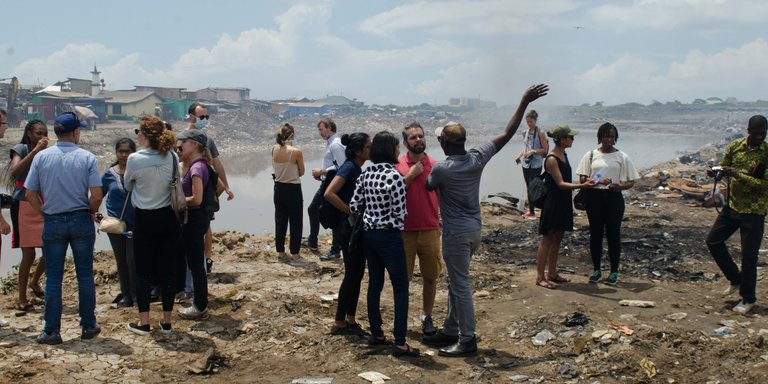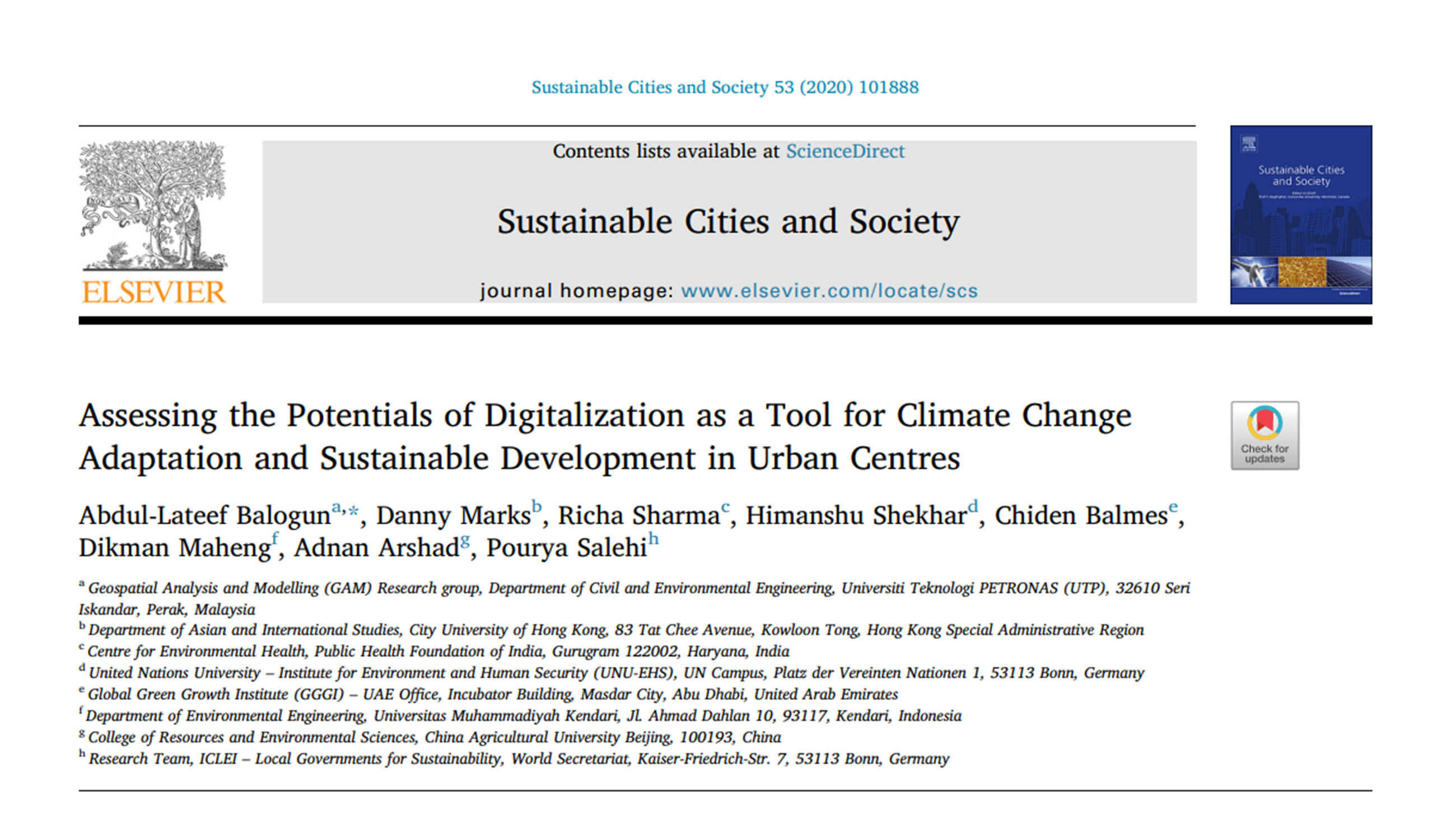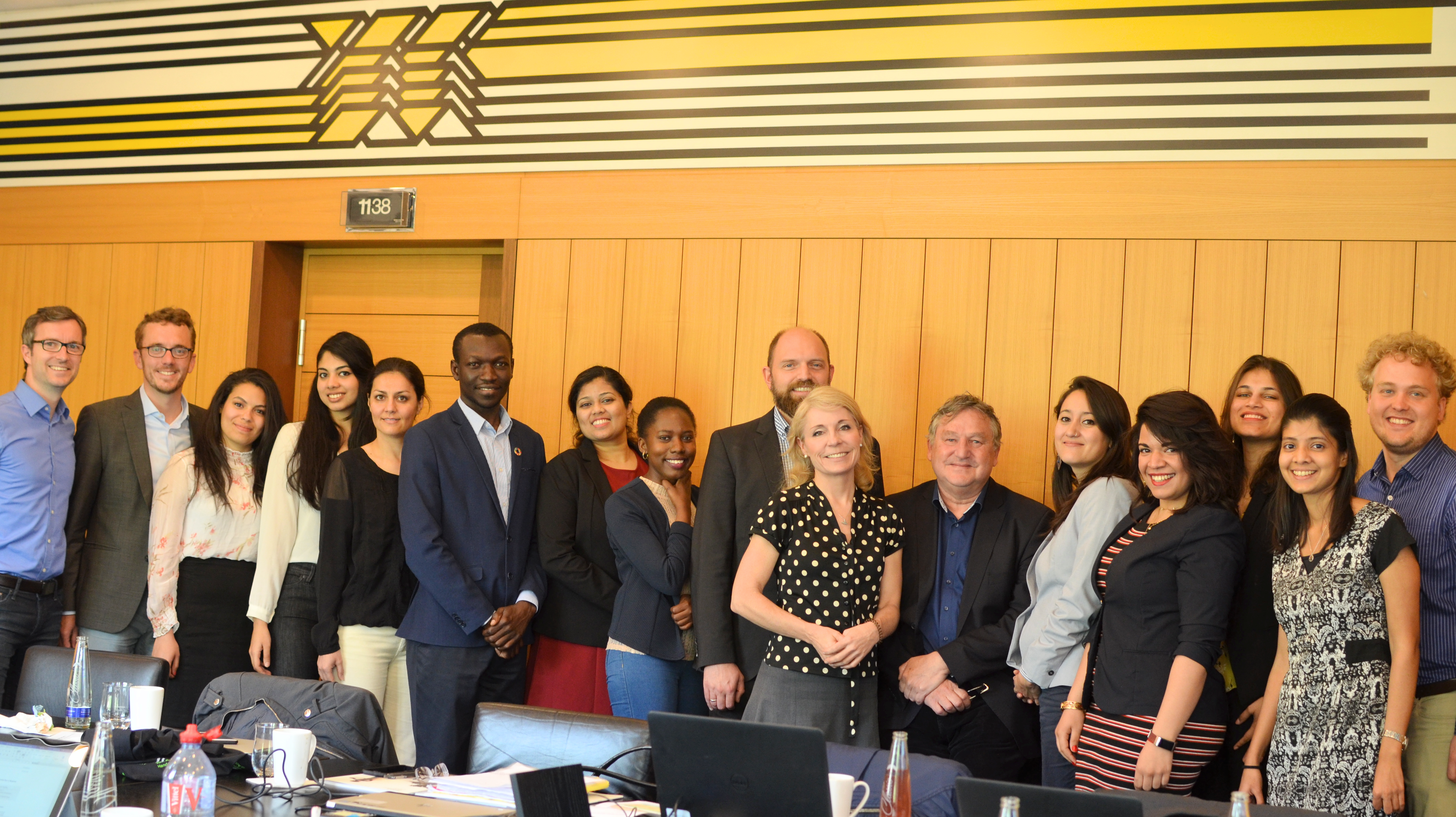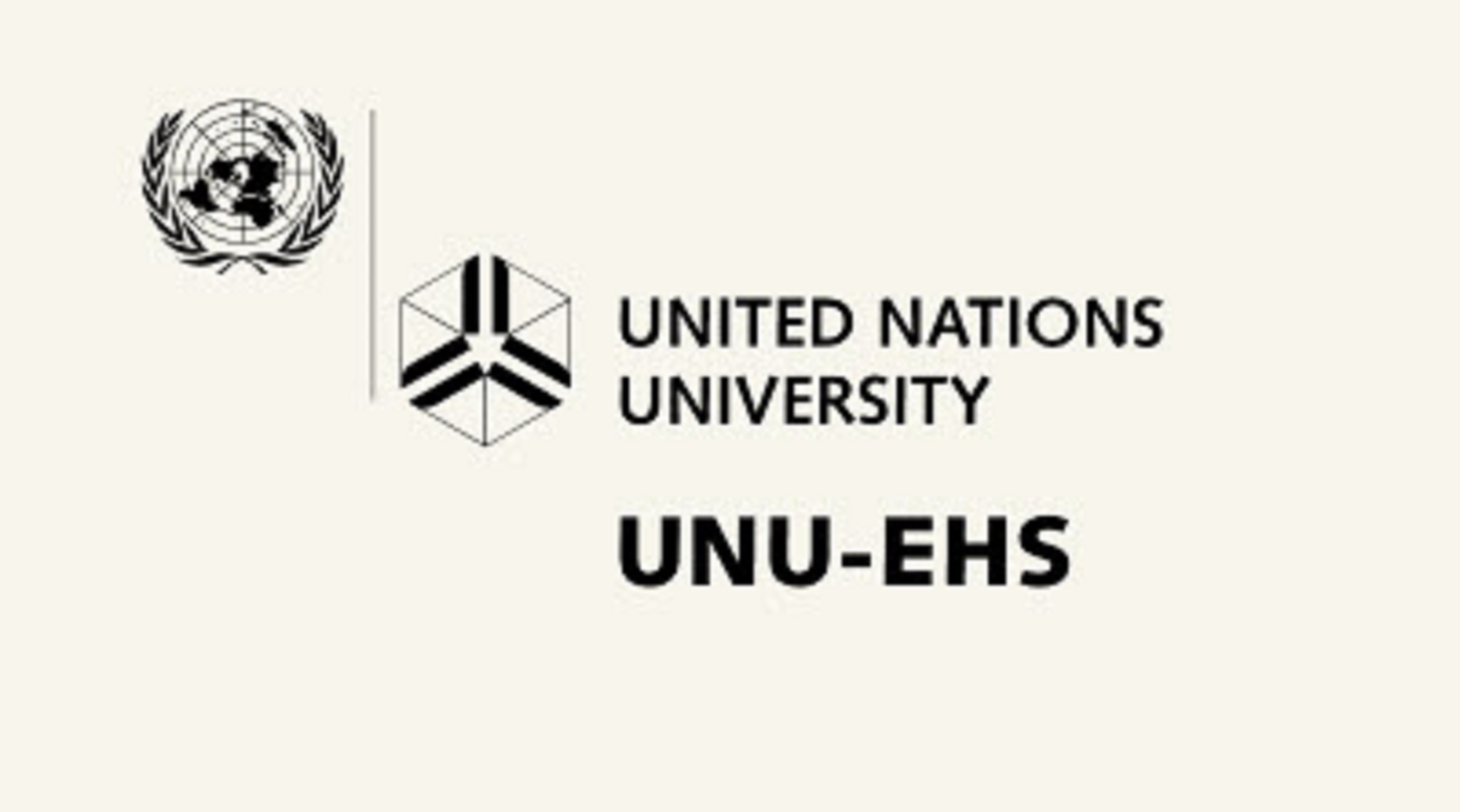
Summer Academy
World risk and adaptation futures (2018 - 2020)
properties.trackTitle
properties.trackSubtitle
Summer Academy programme
A sound understanding of future trajectories in environmental and climatic risks and especially the related socio-economic vulnerabilities is of key importance for science, policy and practice alike. Yet, such knowledge and the methodological toolkit to develop it remains strikingly poor to date. To overcome that gap we initiated the Summer Academy on world risk and adaptation futures and invite experts to discuss this challenge and find solutions.
A leading global challenge today centres on the capacity to make appropriate decisions that will navigate countries and communities towards a safe, sustainable future. Uncertainty about future risk trends plays a central role in whether or not policy makers and practitioners can make decisions that help society adapt to climate risks and capture the opportunities ahead.
News from the project
About the academy
Risk practitioners and political decision makers need to consider the expected changes in climatic and social risk factors when trying to assess the level of risk in a particular future point in time. Policy makers and practitioners have to answer to their electorates: Their communities and employees care deeply about these dimensions that affect their lives now and in the future. Their decisions need to be informed about future demographic change, e. g. where and how people live in rural and urban areas. Factors such as land use conversion or industrialization have a substantial influence on the future trajectories and patterns in exposure. This is especially true in highly dynamic developing countries and emerging economies. Likewise, changes for instance in social protection systems or insurance regimes will greatly influence future levels of vulnerability.
Decision makers and practitioners in UN processes — implementing the SDGs, Paris Agreement, Sendai, the New Urban Agenda — and at the regional, national, and municipal level require new information on future risk trajectories and about the exposure of people or assets. And they need to know about the future vulnerabilities of these values to disruption stressors including climate stress.
In spite of this pressing need, decision makers often do not get the full picture about future risk trends and adaptation pathways. This is in part because science that supports decision making focuses on modelling and projecting future trends in environmental hazards, such as sea level rise or cyclone activity and tends to neglect social and economic dimensions.
The Summer Academy programme jointly organized by United Nations University’s Institute for Environment and Human Security and Munich Re Foundation, in partnership with the UNFCCC, is helping close this policy-practice-knowledge gap. Starting with the question “What do decision makers in policy and practice need to know about risk and adaptation futures?”, each partner contributes to the unique environment of the summer academy for generating science and knowledge contributions back into policy and practice.

Objectives of the Summer Academy
First, the programme aims to foster co-creation of decision support at the science-policy-action interface. The design of the academy starts by understanding the needs of decision makers in policy and practice – such as the UNFCCC process. Academy participants engage with these needs and then contribute the created knowledge and reflections into UNFCCC discussions around national adaptation planning, closing adaptation knowledge gaps, planning and creating contingency arrangements, research dialogues, relevant committee work programs and other policy outlets. Academy participants similarly have the opportunity to engage with communities of practice engaged with decision making that impacts on comprehensive risk management and sustainable development.
Second, the academy aims to advance the scientific methods for assessing future exposure and vulnerability trends towards environmental and climatic hazards. The Summer Academy programme convenes leading researchers and other key stakeholders in order to collect, discuss and jointly advance the latest approaches in this field. In doing so, it will cover different thematic foci, spanning across a range of the most relevant sectors, scales and world regions. The academies will also address and debate methodological schools from different directions, e.g. integrated assessment modelling, forecasting, backcasting, visioning, and participatory scenario techniques.
Third, the programme aims to apply these methods to advance the actionable knowledge on potential trends in future exposure and vulnerability. Over the three years, the focus will in particular be on understanding the feedbacks of future exposure and vulnerability with three core dimensions of socio-economic change: urbanization, demographic change and social protection.
Format and outcomes of the Summer Academy programme
The central element is a set of three sessions of the Summer Academy on World Risk Futures and Adaptation, to be held in 2018, 2019 and 2020. All three summer schools will be working towards the cross-cutting theme of supporting decision making through actionable knowledge regarding future risk pathways. Each of the summer academies will have a different thematic focus relevant to policy and practice. Each summer academy is designed to convene 20-30 participants. These shall include researchers (a mixture of PhD students, post-docs, mid-career researchers), invited risk practitioners (e.g. from national, sub-national and international risk management agencies or the insurance sector) and selected policy-makers.
In addition, the summer academies will feature 2-3 invited high-level keynote speakers. Each summer academy is foreseen to lead to the coordinated production of a number of publications. Key findings of each summer schools will also be fed into the annual World Risk Futures Report, published by UNU-EHS.
The academy series is designed to to directly facilitate the application of scientific knowledge and methodologies in policy and action. The targeted domains include the global institutions for risk reduction and adaptation (e.g. the management of the Adaptation Fund and the Green Climate Fund), national ministries behind adaptation policies and disaster risk reduction or local decision-makers (e.g. at city scale). Besides state organizations, a transfer and application of methods and knowledge is also directed at other actors from the private sector (e.g. insurers) and civil society (e.g. non-profit associations or philanthropic foundations).
Academy themes
Urbanization is one of the core factors shaping future exposure and vulnerability to environmental and climatic hazards. A big share of future urbanization is expected to occur in hazard-prone coastal areas, in deltas or along rivers, driving up the potential for future damage. This holds true especially for the global hotspots of future urban growth, which are in Southeast Asia, South Asia and West Africa. However, methods to assess the pathways, magnitudes and patterns of future urbanization in a spatio-temporal fashion are still in their infancy, even though promising first approaches exist.
Demographic change (which is closely linked with urbanization) will greatly alter the trajectory of future exposure and vulnerability. Typically in disaster situations, the young, the elderly and the physically or mentally challenged are especially predisposed to suffer harm. Therefore, preventive action and disaster preparation hinges on a sound understanding of the size and shape of these population groups in the future, as well as the spatial variability within countries or even provinces and cities. While expertise from the demographic sciences can offer powerful entry points into such assessment, methods need to be transferred and advanced to fit the needs of future-oriented exposure and vulnerability assessments across different scales.
Social protection is of key importance for shaping human vulnerability towards floods, droughts, storms and other hazards. It includes important elements such as health insurance, cash transfer assistance, disability benefits or food assistance programmes. All of these are of key relevance for mitigating vulnerability and buffering the effects of future climatic hazards. At the same time, they are currently under a massive transformation in many countries, mostly with uncertain outcomes and unclear effects on vulnerability. Assessing plausible scenarios of future trajectories in social protection – and especially its breadth and depth – is therefore of great urgency. The existing methodological toolkits and bodies of knowledge are, however, strikingly thin to date, calling for substantially increased scientific efforts.
















